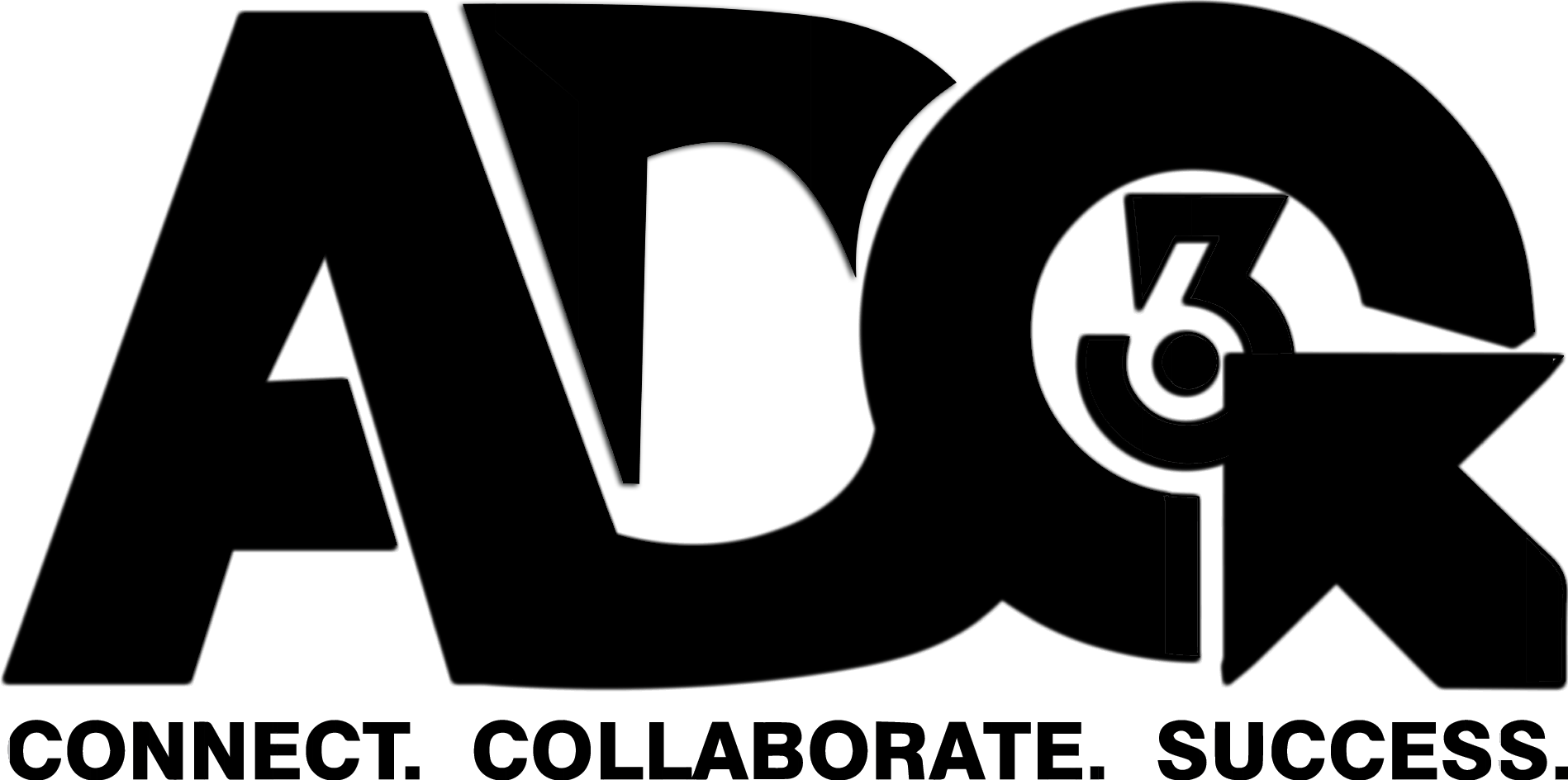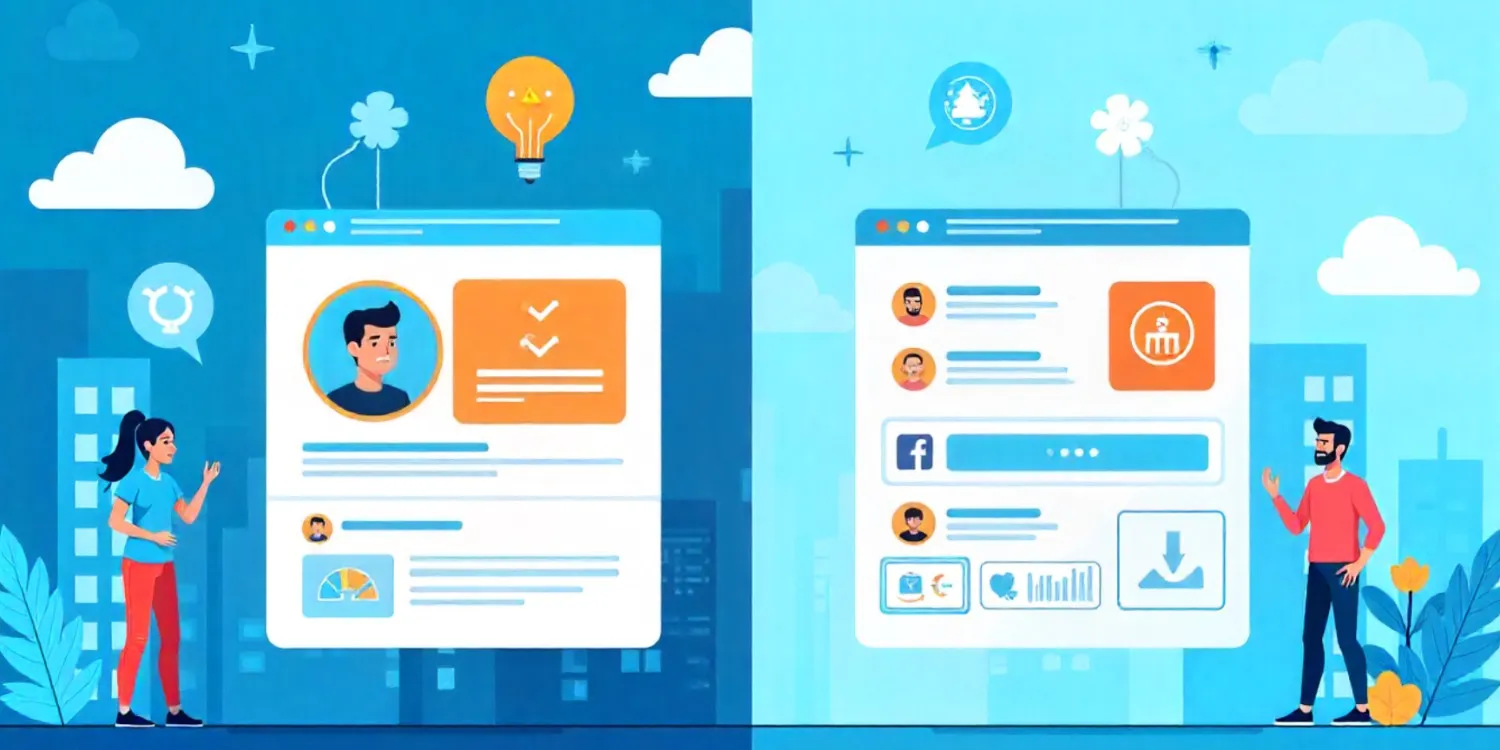About three months ago, my team and I were on a final Zoom call with a real estate startup client. Not a developer per se — more of an underwriter, selling inventory of builder properties. The agenda was clear: finalize the CPL (Cost Per Lead) campaign and initiate the Meta Ads process.
As my team guided the client through ad account access and setup, I took a moment to check out the Facebook page that the ads were to run from. A quick search revealed multiple pages with similar names — all looking fairly new. I assumed I had the name wrong. So, I asked the client to confirm their Facebook page and follower count.
“19 followers,” he said.
I located the page and, to my surprise, it had almost no posts and negligible engagement. Then I asked for their Instagram handle — which had 15 followers and looked equally inactive.
Once the access process was complete, I paused the conversation.
“Sir, this page is quite new and inactive — are you sure this is the page you’re planning to run performance campaigns from?”
He confidently replied, “Yes, my other vendors are already running ads from this page.”
I continued, “Okay — who’s managing the page?”
“No one,” he responded.
I took a breath and reframed the conversation. I asked, “How’s the quality of leads you’re receiving from the other vendors?”
He admitted, “Not great. That’s why we’re hiring your agency.”
And there it was. The real issue.
What Most Businesses Overlook: The Page You Run Ads From MATTERS
In today’s performance-driven environment, many brands rush into advertising without laying the foundational work — especially on platforms like Facebook and Instagram. Here’s what often gets ignored:
🔹 Why Facebook and Instagram Pages Matter
Your social pages aren’t just digital billboards — they are the face of your brand. When a user sees your ad and clicks through, the first thing they do is check who’s behind it. A page with no followers, inconsistent branding, or no social proof creates doubt.
And doubt = drop-off.
Even the most compelling creative won’t convert if the trust isn’t there.
🔹 Why Optimization is Crucial Before Running Ads
An optimized page ensures:
- Brand credibility
- Seamless user journey
- Consistent communication
- Higher retention post lead submission
If your page lacks basic elements — like a profile picture, banner, contact info, brand story, or featured services — your ad budget is bleeding.
🔹 Why Posting Regularly & Managing the Page Helps
Posting is not vanity — it’s validation. Regular, high-quality posts help:
- Educate potential buyers
- Showcase past success stories
- Highlight properties with more context
- Build trust over time
An active page assures prospects that your business is legitimate, current, and responsive.
🔹 How It Improves Lead Quality
Here’s the simple logic:
Better page = better first impression = more confident prospects = higher intent = better lead quality.
You don’t just get leads. You get leads that convert.
What’s the Solution? SMO (Social Media Optimization)
Before diving into ad campaigns, we always recommend an SMO phase — even if just for 2–3 weeks. Here’s what it includes:
- Page branding (logos, banners, bios, call-to-actions)
- Service highlights and pinned posts
- 8–12 quality posts (carousel, reels, testimonials, infographics)
- Engagement strategy (polls, Q&A, FAQs)
- Performance hooks aligned with the ads
This isn’t just about looking good — it directly supports your CPL campaign performance.
Final Word: Ads Bring Traffic. Your Page Closes the Deal.
Performance campaigns aren’t just about the media budget and targeting. They’re about ecosystem readiness. The funnel begins at the ad, but it flows through your social presence.
So next time before you launch your ad campaign, ask yourself:
Is my brand page ready to receive and convert leads?
If not — fix that first.
Let’s not run with half-prepared pages and expect full results.
If you’re a business struggling with high CPLs or low lead conversion, connect with our performance marketing expert. I’ll help you audit your social presence before we even talk about ads.







